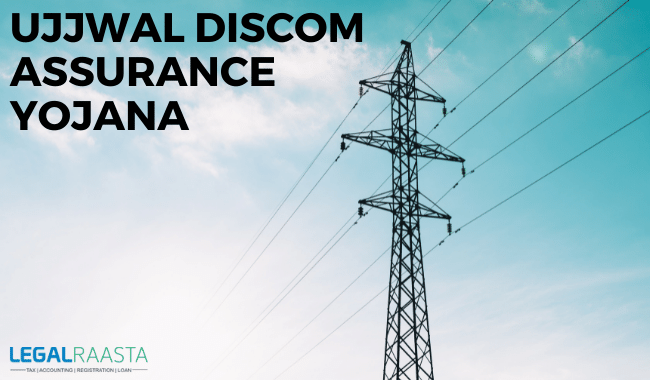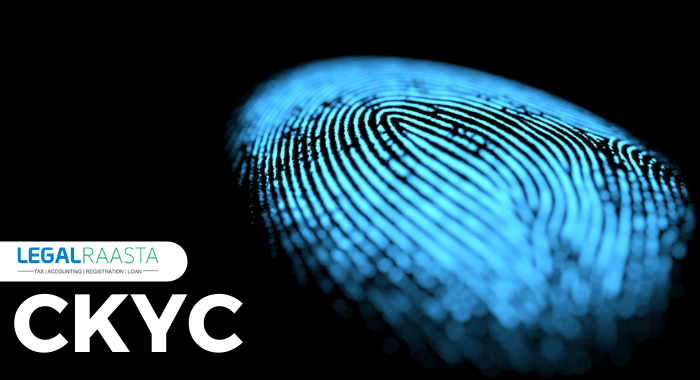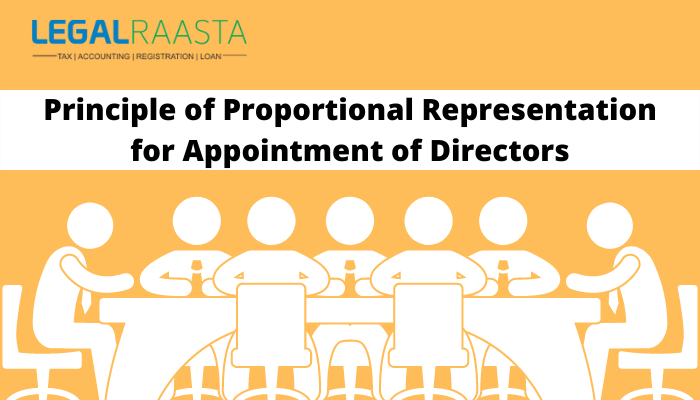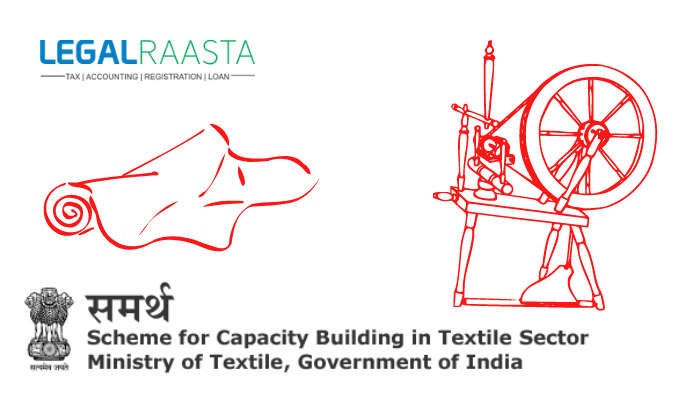Ujjwal DISCOM Assurance Yojana (UDAY)
The Government of India introduced the Ujwal Discom Assurance Yojana Scheme (Ujjwal DISCOM Assurance Yojana) on November 5, 2015, to assist Power Distribution Companies (DISCOMs) owned by any state with the operational and financial turnaround. This program was created with the goal of making electricity affordable and accessible to everyone, 24 hours a day, seven days a week. It also aspires to give a solution for both income and cost-efficiency. In addition, the plan calls for reforms in the sectors of generation, transmission, distribution, coal, and energy efficiency.
The scheme was originally intended to last four years, until 2019, and provide a revival package for electricity distribution companies; however, after learning more about the scheme's impact and prospects, the government announced 'Ujjwal DISCOM Assurance Yojana 2.0' as the next leg of reforms in the power distribution sector in the
Union Budget 2020-21.
Need for Ujwal DISCOM Assurance Yojana (UDAY)
DISCOMs (Power Distribution Companies) in India have been collecting losses and are in debt because they are delivering energy at prices that are substantially below cost. These cash-strapped DISCOMs are unable to provide adequate power at reasonable prices.
Furthermore, inefficiencies in electricity distribution, such as substantial transmission and distribution losses on power, have put additional strain on DISCOMs' budgets, which have relied largely on bank loans to operate. The government decided to construct a financial strategy to aid these DISCOMs and minimize their transmission losses because of their large pile of debts and cumulative losses, which totaled Rs. 2.75 lakh crore (US$ 49.60 billion) from 2011-12 to 2014-15.
UDAY'S MISSION
The Ujwal DISCOM Assurance Yojana (UDAY) was first launched in November 2015 by the Ministry of New and Renewable Energy. This strategy, which encompasses 32 states and all Union Territories, intends to raise annual tariffs, adjust quarterly fuel costs, cut interest burdens, rationalize coal pricing, reduce fuel costs through coal swapping, and limit time-bound losses, among other things.
The following are the main goals of the Ujwal DISCOM Assurance Yojana (UDAY) scheme:
- Most power transmission techniques and modes are now obsolete, resulting in lower production and increased maintenance costs. Upgrades to technology and infrastructure are a must if the struggle to lower the cost of electricity is to be won. The improvement in the quality and effectiveness of operations will also result in a significant reduction in the burdensome interest payments.
- Ujjwal DISCOM Assurance Yojana acts as a debt restructuring plan to help the DISCOMs get out of their current predicament. UDAY wants to put in place certain measures to ensure that tariffs are rationalized and that prices are increased incrementally as needed. It tries to instill the value of discipline in the DISCOMs by introducing methods and mechanisms.
- Ensure mandatory smart metering and upgrade transformers and meters to improve operational efficiency. Adopt energy-saving measures as well, such as promoting energy-saving LED lamps, agricultural pumps, fans, and air conditioners.
- Reduce power costs, interest burdens, and power losses in the distribution sector; increase DISCOM operational efficiency to provide ample power at reasonable rates.
- Ujjwal DISCOM Assurance Yojana is a debt restructuring program for DISCOMs that has been made optional for states.
- Encourage states to participate actively in the plan by rewarding the best-performing state. Also, issue bonds in stages by signing a memorandum of understanding (MoU) with the participating nations to assume 75 percent of their respective DISCOMs' debts, with the remaining 25% of debts being issued to DISCOMs in the form of bonds.
Benefits to the Participating States
- Ujjwal DISCOM Assurance Yojana was established not only as a DISCOM rescue plan but also as a financial restructuring strategy to ensure that these enterprises have a secure and long-term future. PPAs must be properly enforced, market-friendly power reforms must be implemented, and strict disciplinary procedures must be in place to prevent electricity theft. These are just a few of the steps in place to turn these loss-making units into stable, profitable business models.
With support from the Central Government, the power costs of the participating states will be reduced.
In addition, the following benefits will be available:
- Increased domestic coal supply
- Coal linkages are allocated at predetermined pricing.
- Coal prices are being rationalized.
- Permitting coal exchanges and allowing coal linkage rationalization
- Coal that has been washed and crushed is available at notified pricing.
- Interstate transmission lines should be completed more quickly.
- Transparent competitive bidding gives you the power to buy what you want.
Challenges Faced by UDAY
- AT&C (Aggregate Technical and Commercial) Losses in Excessive Amounts
In the majority of states, the DISCOMs' losses, or AT&C losses, are relatively large in relation to the goal figure. Losses were supposed to be limited to 15%; but, in most of the states, the statistics were closer to 20%. Technical losses are the losses that occur as a result of power flowing through transmission and distribution networks. Commercial losses are those incurred as a result of electricity theft, metering issues, and other factors.
Renewable energy sources may offer long-term benefits, but in the current situation, they cause more harm than good. Renewable energy transmission and distribution are relatively expensive since low-cost methods have yet to be identified. When it comes to cost efficiency, coal's low cost is unquestionably more enticing than renewable energy. This is primarily due to inefficiencies in the distribution and supply chain, which makes it a costly endeavor.
- It's not very profitable.
Given the number of losses incurred by the DISCOMs, it will be a long time before they become profitable. Aside from that, there are also interest expenses, transmission fees, and graduation prices to consider.
- State governments take the burden
According to the UDAY Scheme, the state governments will gradually take on the responsibility of these enterprises' losses. As of 2019-20, the states' share of losses would be as high as 50%, putting a significant load on them.
- Debts that have not been paid
The previous Power Purchase Agreements were not respected adequately, and as a result, a number of states have defaulted on their PPA responsibilities, resulting in debt accumulation. The onus is on the Centre to regulate this and ensure that no additional stress is introduced as a result of these efforts.
Liquidity Infusion Scheme and UDAY 2.0
The Indian government announced the 'UDAY 2.0' initiative in the Union Budget 2020-21, with the goal of installing smart prepaid meters, fast payments by DISCOMs, ensuring short-term coal supplies, and reviving gas-based plants. In addition, Finance Minister Nirmala Sitharaman suggested an Rs. 3.05 lakh crore (US$ 41 billion) initiative to revive DISCOMs and build a framework to allow power consumers to select between service providers over a five-year period.
The central government launched the money infusion scheme on May 13, 2020, as part of the '
Aatmanirbhar Bharat Abhiyan,' in response to the country's COVID-19 pandemic. As a result of the statewide blackout, power distribution firms' (DISCOMs) income plummeted, as individuals were unable to pay their electricity bills. The liquidity infusion scheme has sanctioned loans of Rs. 1.35 lakh crore (US$ 18 billion) and disbursed Rs. 46,321 crore (US$ 6.16 billion) to electricity distribution utilities (DISCOMs) as of March 2021.
In addition, the Power Finance Corporation (PFC) and the Rural Electrification Corporation Ltd. (REC) provided DISCOMs with special long-term transition loans at reduced rates to cover outstanding debts from the state government in the form of unpaid energy bills and subsidy payments. This was done to allow them to pay off their outstanding debts to Central Public Sector Undertakings (CPSU) Generation (GENCO) & Transmission Companies (TRANSCOs), Independent Power Producers (IPPs), and Renewable Energy (RE) generators as of June 30, 2020.
Furthermore, the Government of India approved a one-time relaxation to PFC and REC Ltd. for extending these loans to DISCOMs that do not have adequate headroom available under working capital limits of 25% of last year's revenues, as imposed under the Ujjwal DISCOM Assurance Yojana scheme, or do not have adequate receivables from state governments.
The Journey Continues
DISCOMs are back to square one, according to the Investment Information and
Credit Rating Agency of India Limited, as demand for power fell owing to COVID-19-induced lockdowns, pushing their debt load to pre-UDAY levels of 2015. Unless tariff adjustments are implemented quickly, this could result in a dramatic increase in DISCOM losses in 2021-22.
As the electricity sector undergoes a paradigm transition, more renewable energy projects will inevitably emerge, necessitating the creation of a green corridor. While conventional energy will continue to play a role, business opportunities in the renewable sector will become increasingly important, and strong distribution utilities will be necessary to weather this change. As a result, power sector financial institutions (FIs) such as Power Finance Corporation Ltd. (PFC), Rural Electrification Corporation Ltd. (REC), and other companies may find the UDAY scheme to be very beneficial.
Also Read,
Types of credit cards in India
Rashtriya Krishi Vikas Yojana (RKVY)
Arbitrage funds










